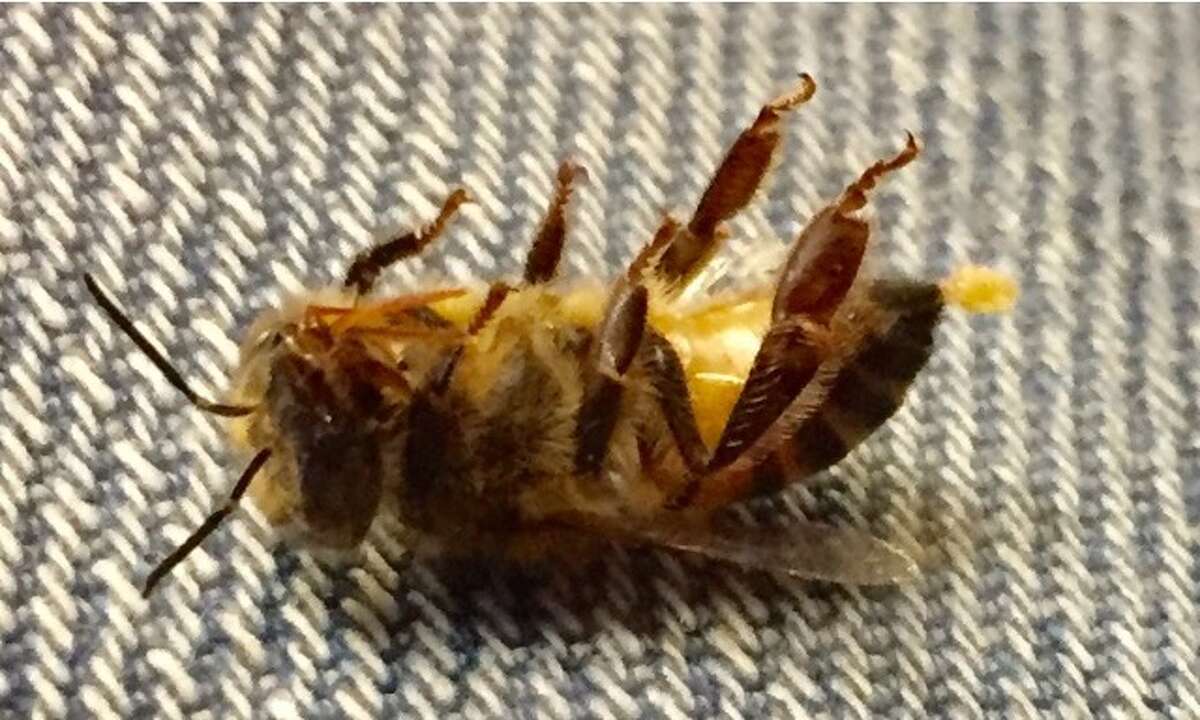

These bees will also chase you much farther than other bees in Arizona, so run as fast-and as far-as you can when chased. Unlike European honeybees, the Africanized version sends out thousands of defenders when the colony perceives a threat.
#BEE STING AFTERMATH HOW TO#
How to Handle a Killer Bee AttackĪnyone coming within 50 feet of a killer beehive is in danger. That’s why having pest control professionals remove hives from your property is essential. Luckily, you’re unlikely to be swarmed by killer bees in Arizona unless you come too close.Īfter a 2021 Arizona bee attack that resulted in one man’s death, authorities discovered that a 100-pound hive in a nearby tree had been disturbed. Even Africanized honeybees generally keep to themselves unless they sense a threat to the colony. While any fatal bee encounter is tragic, deadly Arizona bee attacks are rare. Protect yourself, your family, and your neighbors by calling a trusted pest control company if you come upon a hive or swarm of bees. While everyday honeybees in Phoenix and other cities are much less aggressive in defending their colonies, allergic reactions to even a sting or two can be serious.īee allergies can even develop in adulthood, so you could go your whole adult life without allergies and experience a dangerous reaction with no warning. Never approach a beehive, or a wasp or hornet’s nest, for that matter.

What should I do if I discover a beehive? Never take chances keep your distance any time you see bees or their nests and contact pest professionals. The differences between everyday honeybees in Arizona and their more aggressive cousins are very difficult to see with an untrained eye, though. They can be found in tree limbs or cavities and in overhangs or other exposed areas around your property. They’re golden-brown, striped, and slightly furry. How can I tell if I’ve spotted killer bees in Arizona?Īfricanized honeybees are smaller than their European counterparts. In 1993, killer bees in Arizona were discovered. Africanized honeybees escaped from Brazil and slowly migrated north. While the result was a hardier bee that could withstand the climate, the new breed was also much more defensive of its colony. The bees couldn’t survive the heat, so scientists cross-bred them with African bees. In the 1950s, European honeybees were brought to South America in a bid to pollinate local plants. While you’re much likelier to see ordinary honeybees in Phoenix and other communities around the state, a hybrid version of these beneficial insects can be found here.
#BEE STING AFTERMATH FREE#
Suspect you have a bee problem? Request a free bee control estimate today.

Learn how to be careful around bees in Arizona with Responsible Pest & Scorpion Control. Knowing what to do when you encounter bees can help keep you and your loved ones safe. Thankfully, fatal incidents involving bees in Arizona are rare. While no one wants to be stung by any type of bee, last year’s deadly Arizona bee attack proved that the danger can be much more grave than a painful sting and its itchy aftermath.


 0 kommentar(er)
0 kommentar(er)
